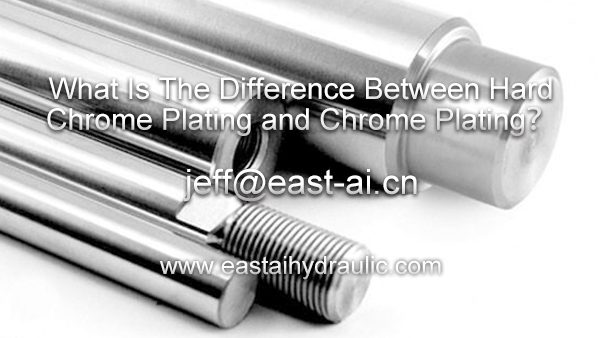What Is The Difference Between Hard Chrome Plating and Chrome Plating?
Chrome plating is a popular finishing technique used across various industries for its durability and attractive finish. This process involves the application of a thin layer of chromium onto a metal or plastic surface through electroplating.
Definition of Chrome Plating
Chrome plating, or chromium plating, is a technique of electroplating a thin layer of chromium onto a metal object. The chromed layer can be decorative, provide corrosion resistance, ease cleaning procedures, or increase surface hardness.
Applications of Chrome Plating
From automotive parts like bumpers and rims to household fixtures such as faucets and hardware, chrome plating is used to enhance aesthetics and durability of objects exposed to wear and tear.
Hard Chrome Plating
What is Hard Chrome Plating?
Hard chrome plating, often referred to as industrial chrome or engineered chrome, is used to reduce friction, improve durability, and extend the life of equipment. It is thicker than decorative chrome plating and can withstand harsh industrial conditions.
Benefits of Hard Chrome Plating
The primary benefits of hard chrome include increased lifespan of parts, resistance to corrosion, and enhanced performance in extreme environments. It’s particularly valuable in heavy machinery and hydraulic systems.
Industrial Applications of Hard Chrome Plating
Hard chrome is crucial in industries such as aerospace, automotive, and manufacturing due to its ability to endure intense stress and prevent premature wear.
Standard Chrome Plating
What is Standard Chrome Plating?
Standard chrome plating is less about durability and more about aesthetics. Often found on car details, bathroom fixtures, and kitchen appliances, it provides a shiny, reflective surface that appeals to the eye.
Aesthetic Applications of Standard Chrome Plating
Decorative chrome is primarily used in applications where appearance is more critical than performance. It’s popular in the automotive and consumer goods sectors for its smooth and glossy finish.
Comparing Hard Chrome Plating and Chrome Plating
Key Differences
The key difference lies in their thickness and intended use. Hard chrome is thicker and used for its physical properties, while standard chrome is thinner and used for its visual properties.
Choosing Between Hard Chrome and Standard Chrome Plating
Choosing between them depends on the specific needs of the application. Hard chrome is suitable for industrial applications where durability is required, whereas standard chrome is ideal for consumer items and decorative pieces.
Understanding the difference between hard chrome plating and standard chrome plating allows for better decision-making when it comes to selecting the right type of plating for your needs. Whether it’s for industrial use or aesthetic appeal, each type of plating serves a distinct purpose.


